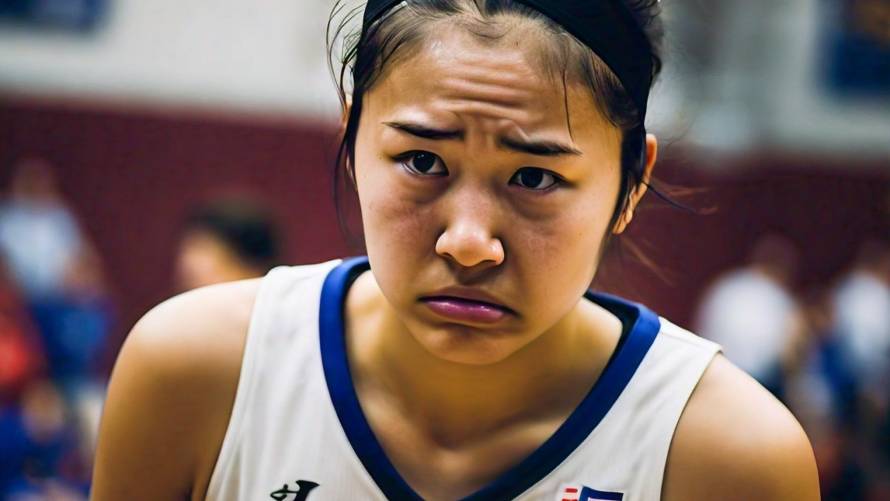College student athletes, once seen as the pinnacle of health and vitality, are facing a troubling crisis – a startling rise in suicide rates.
A new analysis of data from the National Collegiate Athletic Association (NCAA) reveals that the number of suicides among this population has doubled over the past 20 years, making it the second leading cause of death after accidents.
The findings, published in the British Journal of Sports Medicine, paint a sobering picture. Between 2002 and 2022, a total of 1,102 NCAA athletes passed away, with 128 (11.5%) of those deaths attributed to suicide. The majority of the victims were male (77%), with an average age of 20 years old, and over half (59%) were White.
“Athletes are generally thought of as one of the healthiest populations in our society, yet the pressures of school, internal and external performance expectations, time demands, injury, athletic identity and physical fatigue can lead to depression, mental health problems and suicide,” the researchers explain.
Shockingly, the incidence of suicide among male athletes increased from 31 in the first 10 years to 67 in the second 10 years, while for female athletes, the numbers rose from 9 to 21. This stark contrast is even more alarming when compared to the overall decline in other causes of death among NCAA athletes during the same period.
The researchers also uncovered some disturbing patterns in the timing of these tragic events. Monday and Tuesday proved to be the most common days for suicides, and the summer months (June-August) saw significantly fewer incidents compared to the rest of the year.
While the study acknowledges limitations in the data and the potential for underreporting, the researchers emphasize the urgent need for action. “Despite recent increased focus on mental health in athletes, death by suicide is increasing,” they warn.
The NCAA has taken steps to address mental health issues among college student athletes, but the researchers believe more can be done. Increased mental health resources, early risk identification, and training for coaches and support staff on recognizing at-risk individuals could all play a crucial role in preventing these devastating losses.
“Athletes may also experience harassment and abuse within their sport, including psychological abuse, physical abuse, sexual abuse, hazing and cyberbullying from the public and members of their team including peer athletes, coaches and members of the entourage,” the researchers add, highlighting the need for a comprehensive approach to addressing the unique challenges faced by this population.
As the academic and athletic communities grapple with this alarming trend, the call for action rings loud and clear. The well-being of our college student athletes must be a top priority, and the time to implement meaningful change is now.

